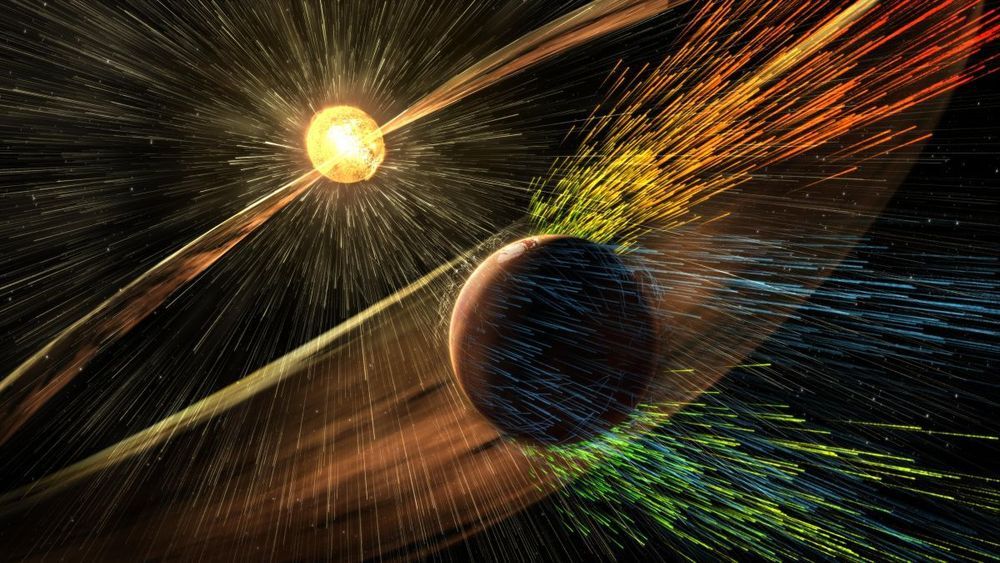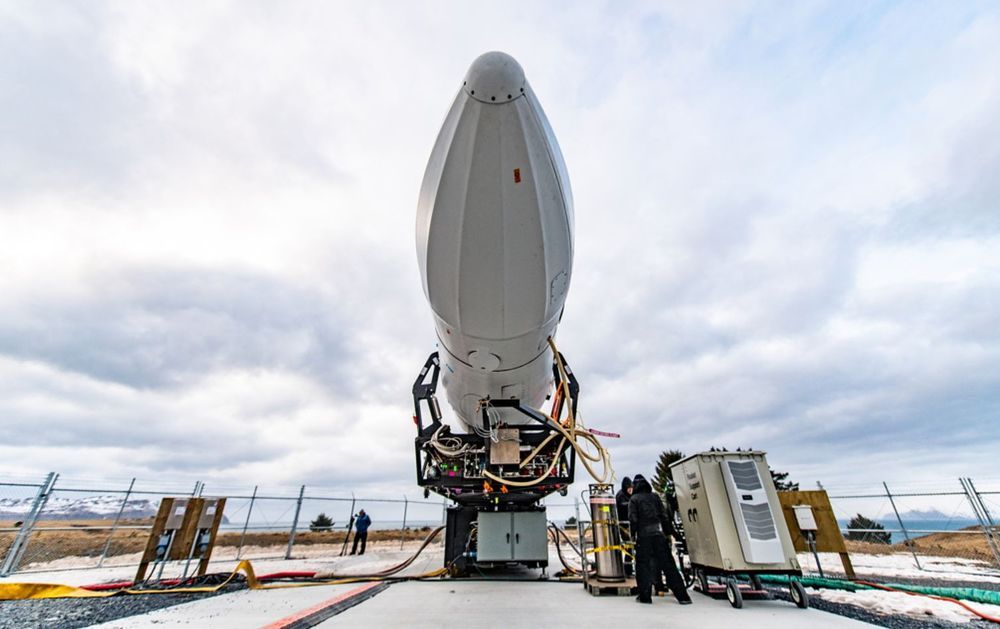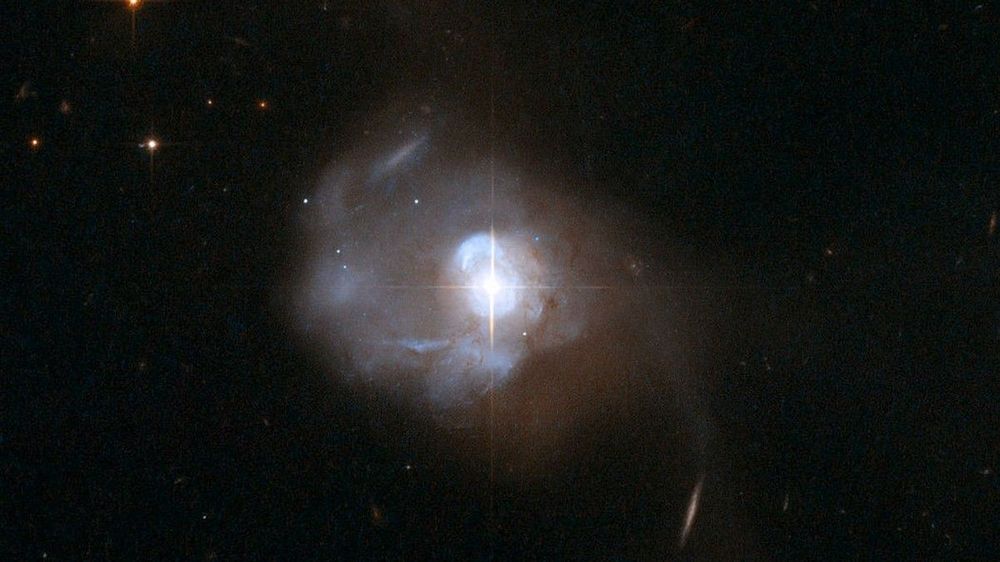Astra and the Defense Advanced Research Projects Agency (DARPA) are readying for the first launch in a dual-mission “launch challenge”. Astra, the launch contractor, is currently conducting final preparations ahead of the launch of their Rocket 3.0 vehicle, nicknamed “1 of 3”. Both missions will launch from the Pacific Spaceport Complex – Alaska (PSCA) in Kodiak, Alaska. The first launch attempt is scheduled for 3:30 PM ET on February 27. The window stretches until March 1.
Astra and the DARPA launch challenge
Thursday’s launch will be the third for Astra, coming after two launches in July and November 2018. Both launched from the PSCA in Alaska. These were originally believed to be failures. However, Astra stated that the first was successful, and the second was only “shorter than planned”. Neither were designed to reach orbit, as they didn’t have functioning second stages.







